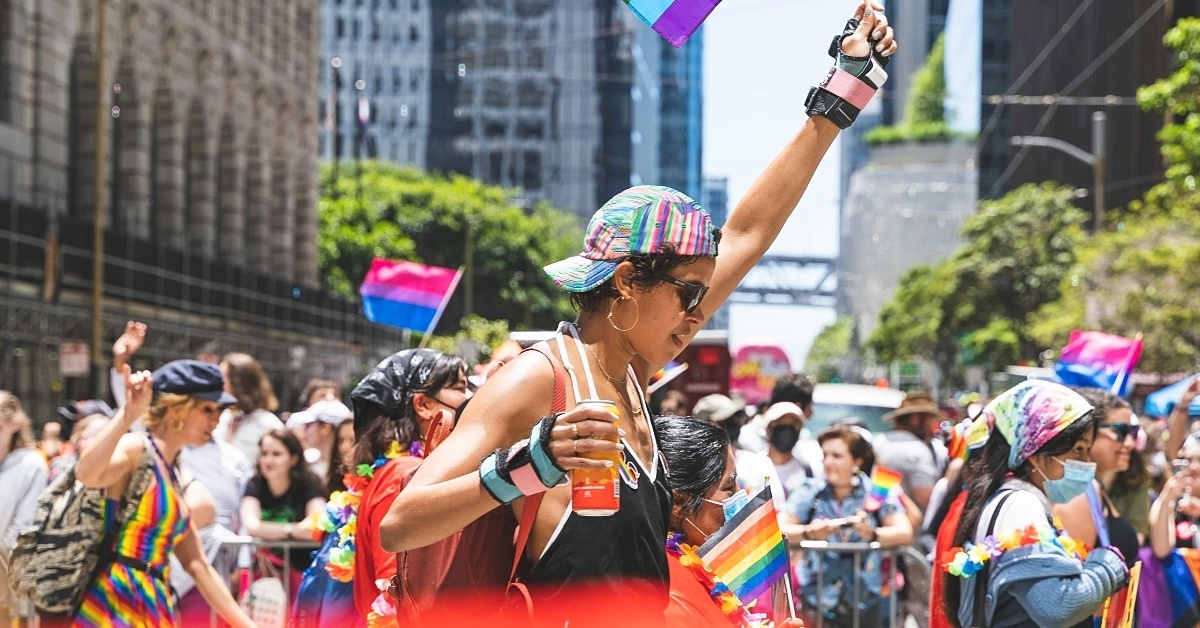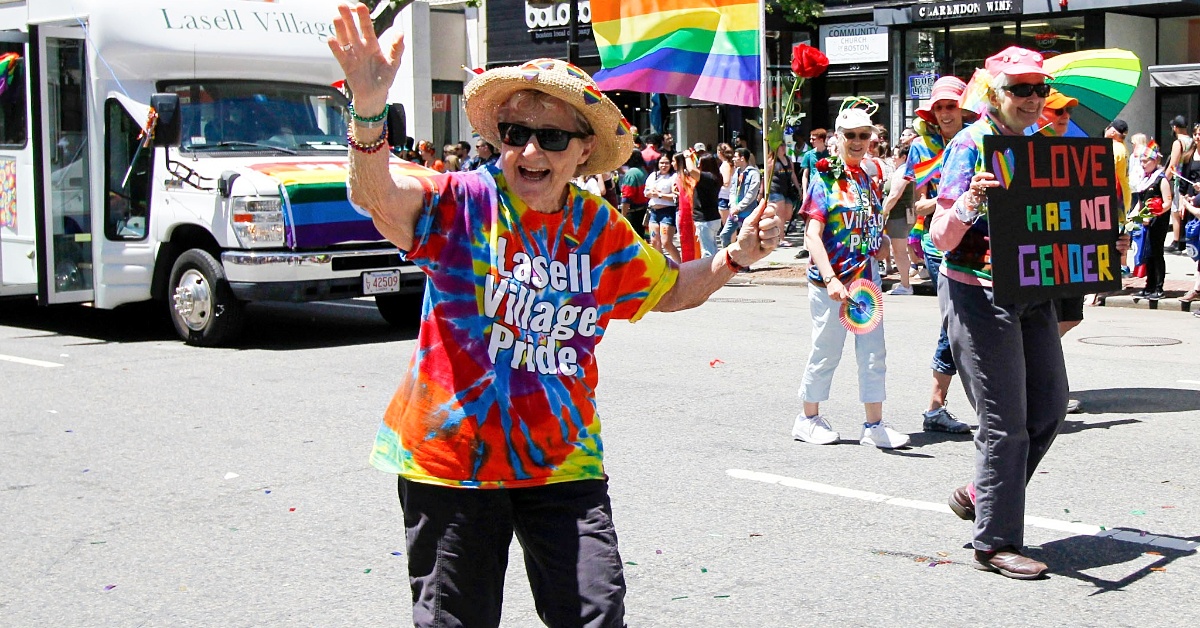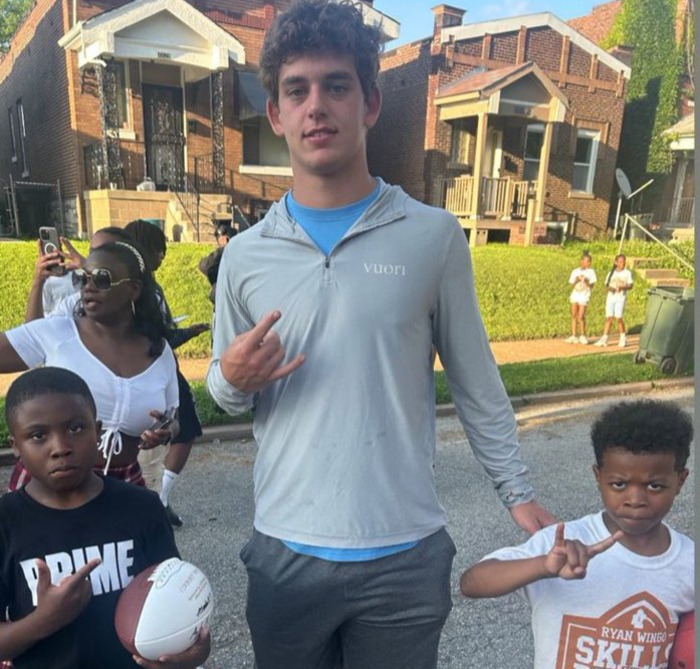The Percentage of LGBTQIA+ Folks in America Is Higher Than You Think
America’s LGBTQIA+ community is more lit than ever. Gallup — a global research and advisory firm — keeps track of the number of U.S. residents who identify as LGBTQIA+, and the numbers are surprising. Gallup first measured LGBTQIA+ identification in 2012 at just 3.5%. Since then, the proportion of Americans living openly as queer has [...] Read More... from The Percentage of LGBTQIA+ Folks in America Is Higher Than You Think The post The Percentage of LGBTQIA+ Folks in America Is Higher Than You Think appeared first on LBS.


America’s LGBTQIA+ community is more lit than ever. Gallup — a global research and advisory firm — keeps track of the number of U.S. residents who identify as LGBTQIA+, and the numbers are surprising. Gallup first measured LGBTQIA+ identification in 2012 at just 3.5%. Since then, the proportion of Americans living openly as queer has nearly tripled in a little over a decade.
Younger generations, especially Gen Z, are coming out in record numbers. But millennials are not far behind. Let’s take a look at how many Americans now identify as part of the LGBTQIA+ community.
What percentage of Americans identify as LGBTQIA+?

Gallup’s latest survey of more than 14,000 U.S. adults finds that 9.3% now identify as lesbian, gay, bisexual, transgender, or another identity other than heterosexual — up from 8.2% in 2023 and more than double the share recorded just four years ago. That means nearly one in ten adults today claims an LGBTQIA+ identity.
For younger folk, those numbers are even higher. Over one in five Gen Z adults — those born between 1997 and 2006 — own their queerness. While millennials aren’t far behind, with roughly 12% embracing an LGBTQIA+ label. By contrast, just under 5% of Gen X-ers and barely 2% of Baby Boomers identify as anything but straight.
But it’s not just about age. Women are more likely than men to identify as LGBTQIA+, with 10% of adult women and 6% of adult men claiming a non-heterosexual or non-cisgender identity. Bisexuality stands out as the most common orientation — making up 5.2% of all U.S. adults and over half of the LGBTQIA+ population. Transgender people account for about 1.3%, and smaller slices of the community embrace pansexual, asexual or other identities. Urban and suburban residents also report higher rates than those in rural areas.
The number of LGBTQIA+ Americans is expected to grow.

Research suggests that continued generational turnover and evolving norms could push the LGBTQIA+ population past 10%. “If current trends continue, it is likely that the proportion of LGBTQIA+ identifiers will exceed 10% of U.S. adults at some point within the next three decades,” the publication states.
And while the data is promising, there is more to be done — as some community members still lack support. According to the Pew Research Center, more than half of transgender Americans say they experience little to no societal support — and that fear takes a heavy emotional toll.
LGBTQIA+ folks who find affirming communities report lower rates of anxiety and higher self esteem. Cities and college campuses that prioritize LGBTQIA+ inclusion see fewer hate-based incidents and stronger overall cohesion.
However, America still has a few more hurdles to jump over. Bisexual people — who make up the majority of LGBTQIA+ identifiers — often face erasure. While transgender and nonbinary individuals continue to fight for basic healthcare and legal recognition — especially under Donald Trump’s administration. Passing nondiscrimination laws, expanding healthcare access, and ensuring schools and workplaces are affirming environments for everyone would be a great place for the country to start — cough cough.
Have you seen more people around you openly identify as LGBTQIA+ in recent years? What do you think is contributing to that?
The post The Percentage of LGBTQIA+ Folks in America Is Higher Than You Think appeared first on LBS.











